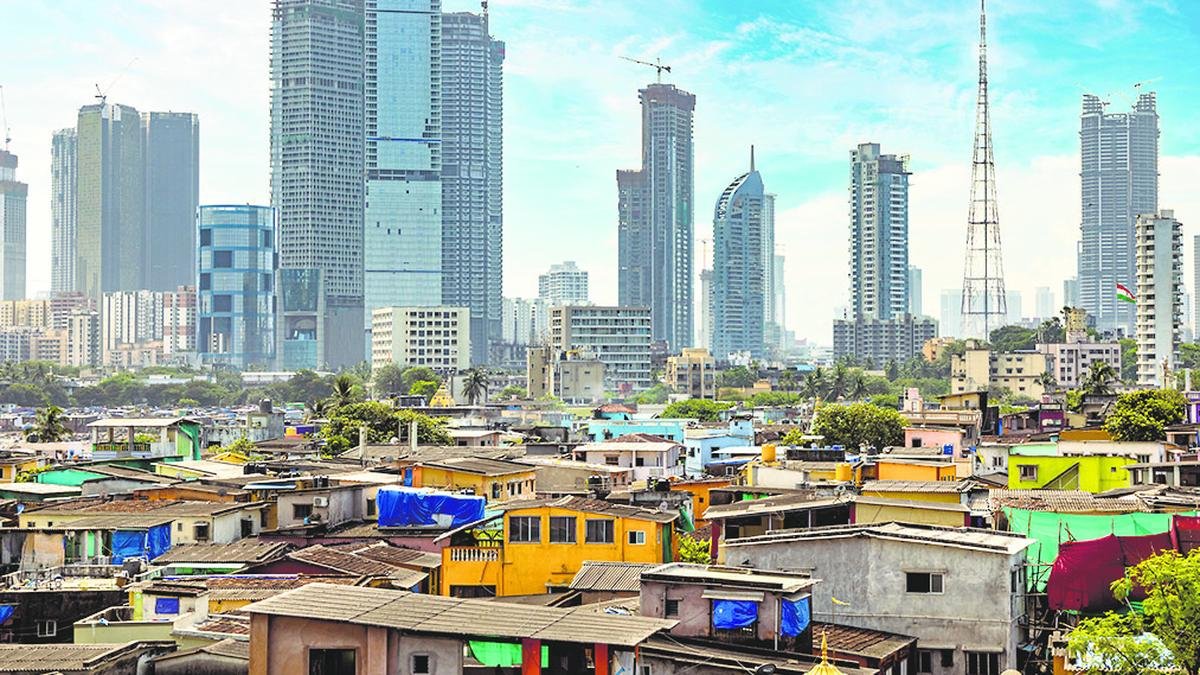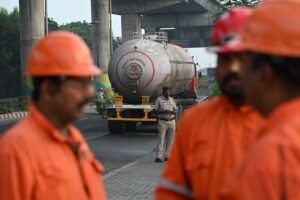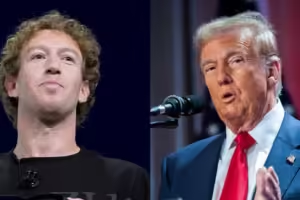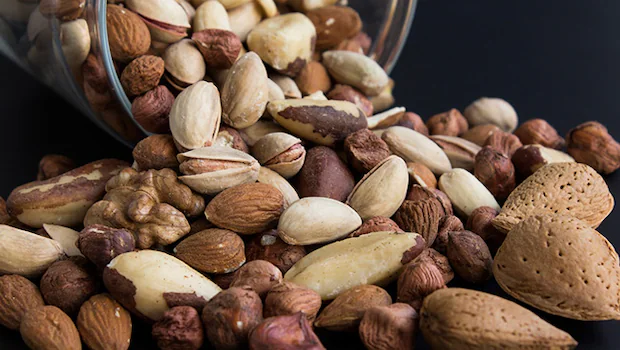In 2024 general polls, MVA secured higher vote shares among Maharashtra’s poorer districts

Over the past decade, the richest districts of Maharashtra have grown even richer at a much faster rate than the poorest districts. A key factor behind this is the hastened transition in these districts to the services sector. On the other hand, a considerable portion of the economies in the poorer districts remains dependent on agriculture. This becomes significant as the State votes in Assembly elections on November 20.
Maharashtra’s districts were divided into five economic groups based on per capita Net District Domestic Product (NDDP) in 2022-23:
- Very Rich: Over ₹3 lakh (e.g., Mumbai, Pune, Thane)
- Rich: ₹2.4 lakh-₹2.9 lakh
- Middling: ₹2 lakh-₹2.3 lakh
- Poor: ₹1.5 lakh-₹1.9 lakh
- Very Poor: Below ₹1 lakh
The economic gap between the ‘very rich’ (Mumbai, Pune, Thane) and ‘very poor’ (Nandurbar, Gadchiroli, Washim) districts was ₹97,357 in 2011-12. This gap widened significantly post-pandemic, reaching over ₹2.4 lakh in 2022-23.
While the average per capita NDDP of the ‘very poor’ districts increased by just around ₹75,000 in 2022-23 compared to over a decade ago, it rose by ₹2.2 lakh for those in the ‘very rich’ category. Simply put, the richest districts in Maharashtra got richer at a pace three times faster than the poorest districts in the State in the period.
Economic Composition and Vote Shares in Maharashtra’s Districts
The composition of the economy of various districts could explain the rapid shift in the districts’ domestic product.
The corresponding figures for the ‘rich’ districts were 61% and 49%. The dependence of ‘very rich’ and ‘rich’ districts on primary and secondary sectors has dwindled over time.
The economic output of the services sector has also significantly increased in the poorer districts. It exceeded 50% of their GDVA in 2022-23. But the primary sector continues to contribute about one-fourth of their economic output.
In the richer districts, the MVA secured fewer votes.
Source: Maharashtra’s Directorate of Economics and Statistics and Lok Dhaba. It also includes The Hindu’s calculations.














